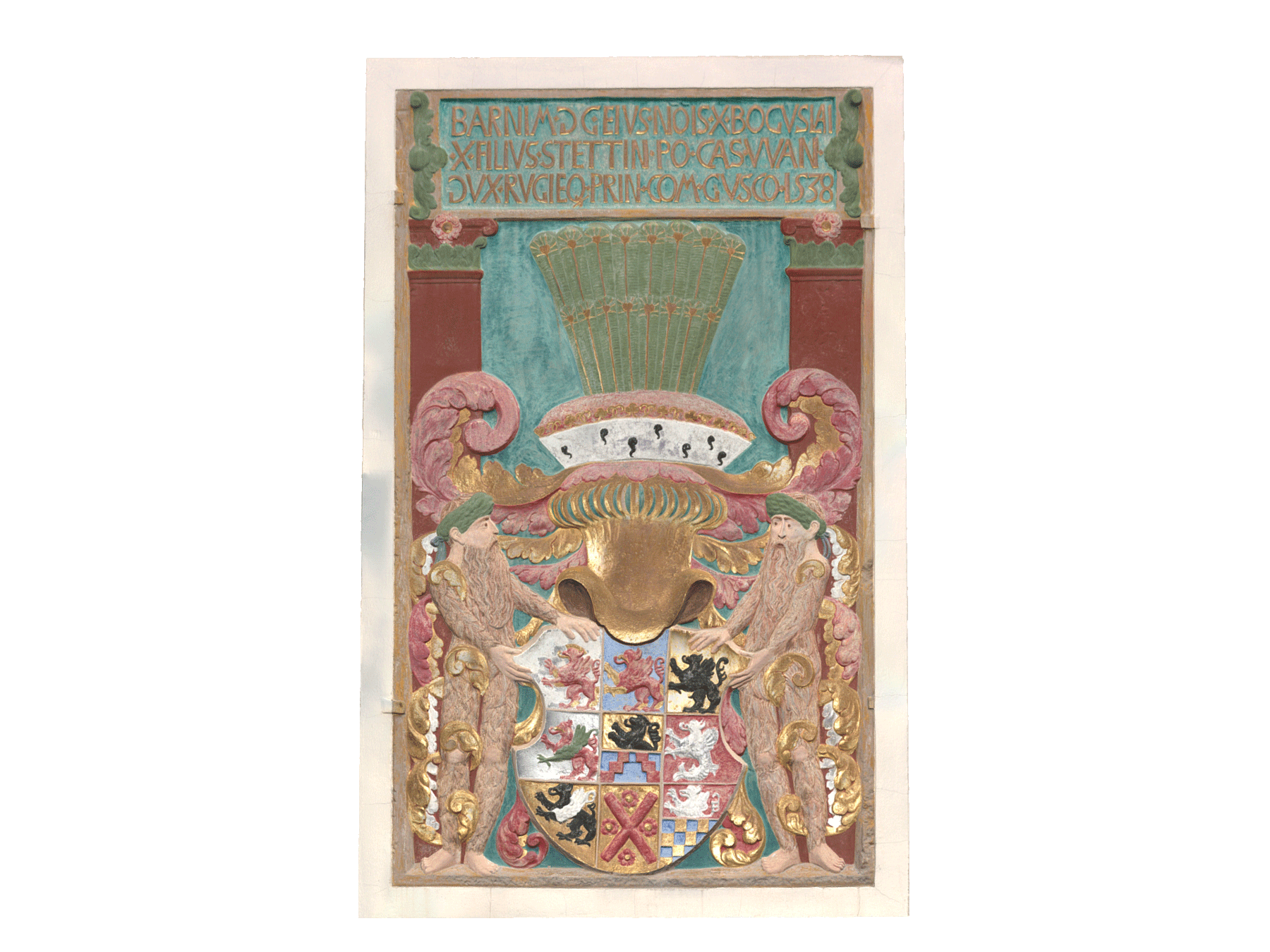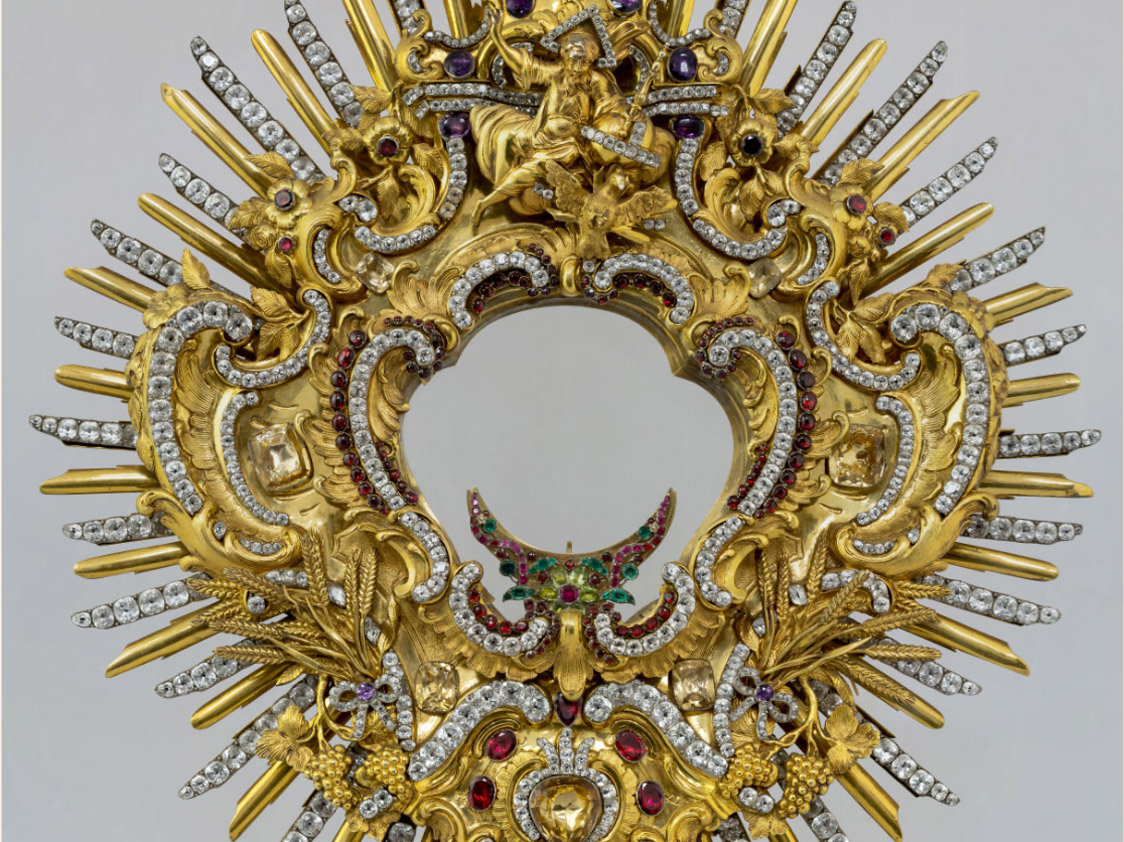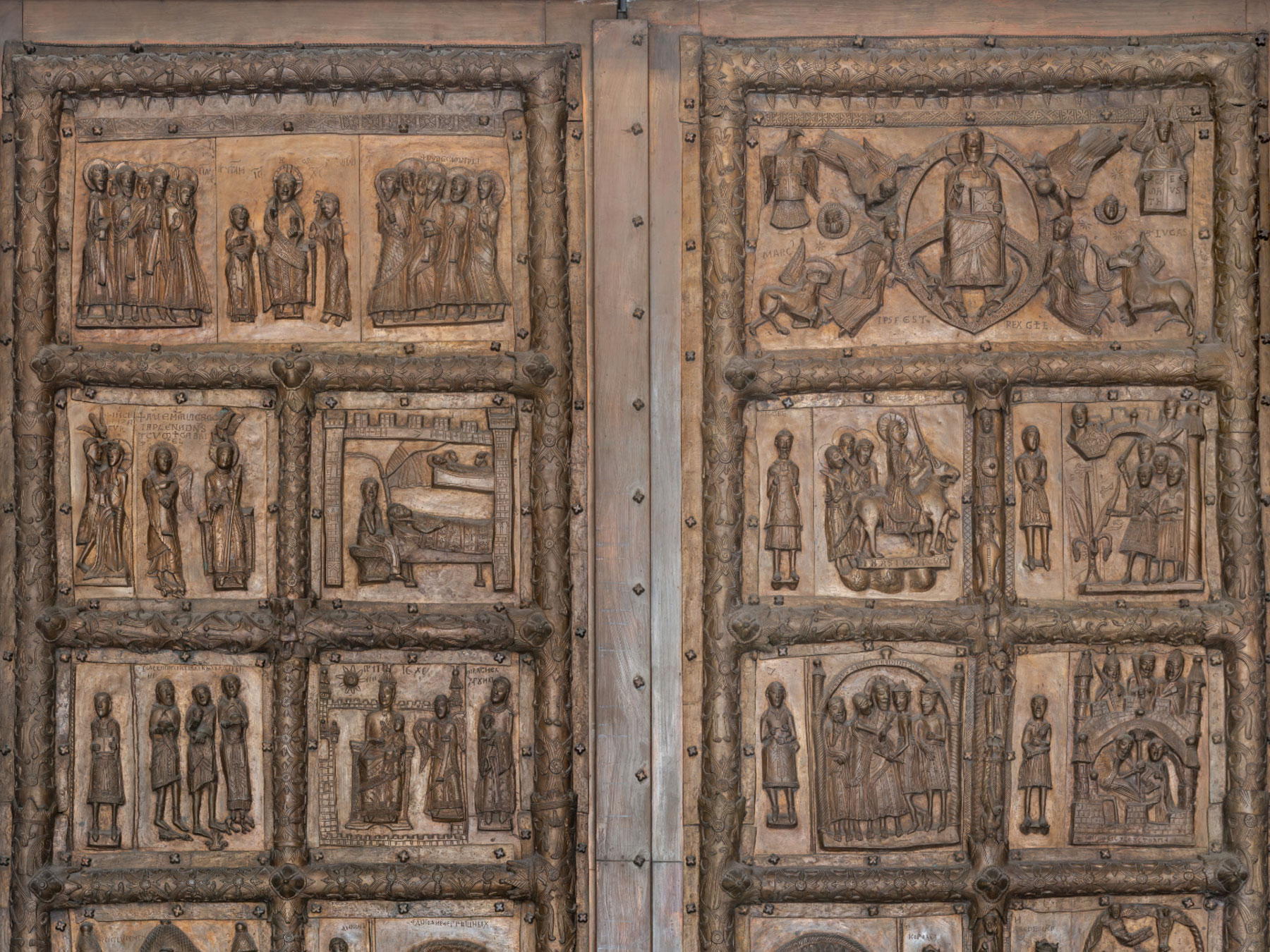Nautilus cup
From the slopes of tropical coral reefs comes a shell, the shell of which was used to make a precious goblet with a seahorse in gilded silver. Anyone who offered their guests a welcome drink from such a vessel, or even just decorated their table with it, had to be considered rich and important. Around 1600, master goldsmith Caspar Pfister of Breslau made this drinking vessel, which is a good 25 centimetres high.
Expensive, ingeniously designed drinking vessels have been popular since the Middle Ages. They were used to display the wealth of the host and probably lost their original function in later times. During the Renaissance and Baroque periods, exotic materials such as shells, ostrich eggs, coconut shells, ivory and nautilus shells were prized for their manufacture. The development of sailing and the discovery of distant continents made trade in treasures from the Far East possible.
The nautilus is a marine animal related to the octopus that lives in the western Pacific or Indian Ocean and is also called the ‘pearl boat’. The natural matte surface of the shell, up to 23 centimetres in diameter, is usually white to beige with brown stripes. The specimen used for the drinking vessel at the Silesian Museum is slightly smaller and shimmers like a giant pearl. Before the layer of mother-of-pearl could be exposed, it first had to be ground and polished.
Nautilus is considered a „living fossil”. Only a handful of species have survived from prehistoric times to the present day. They are now under protection, not least because the shells are still in demand.
Photographs
3D models
)
)
)
)
)
)
)
)
)